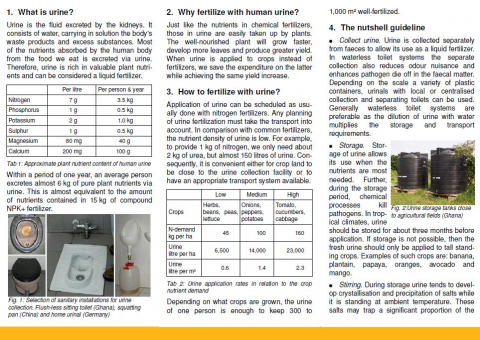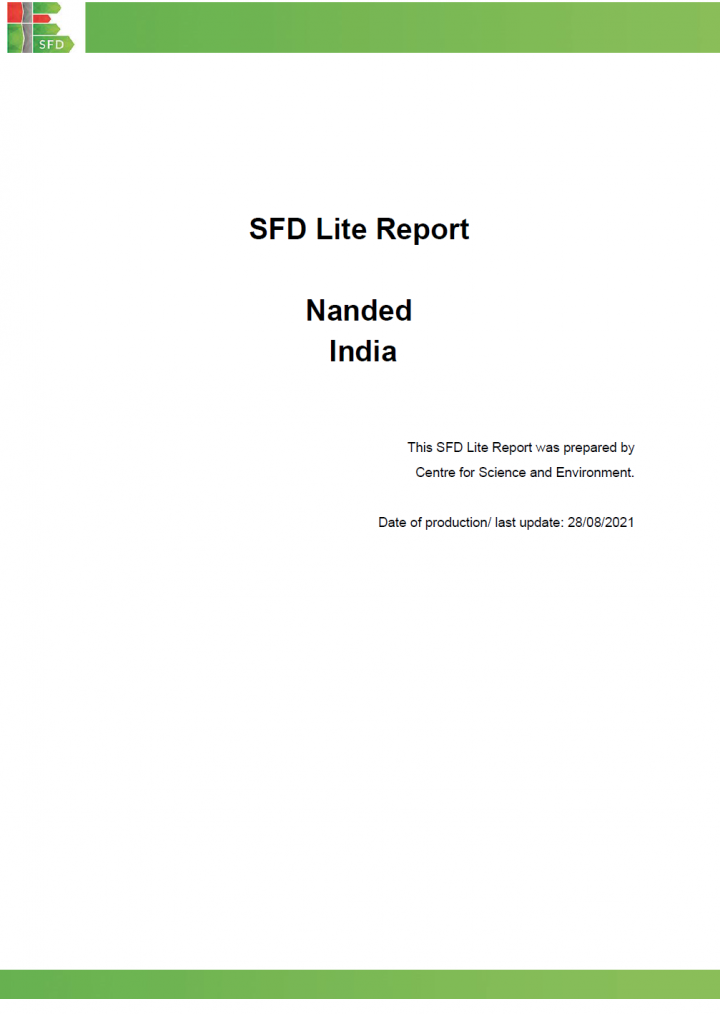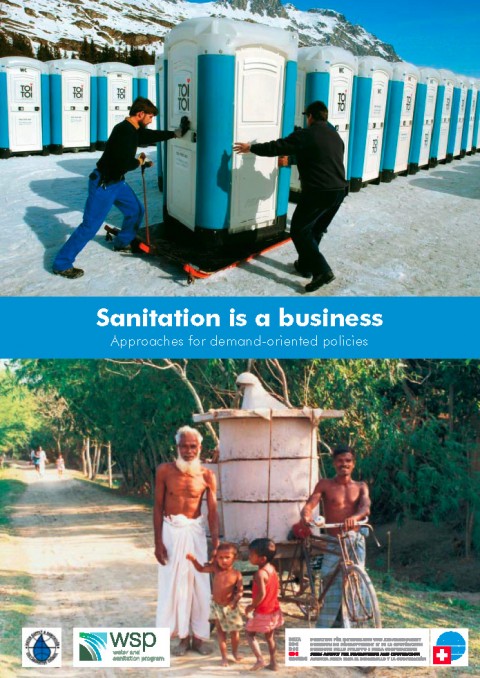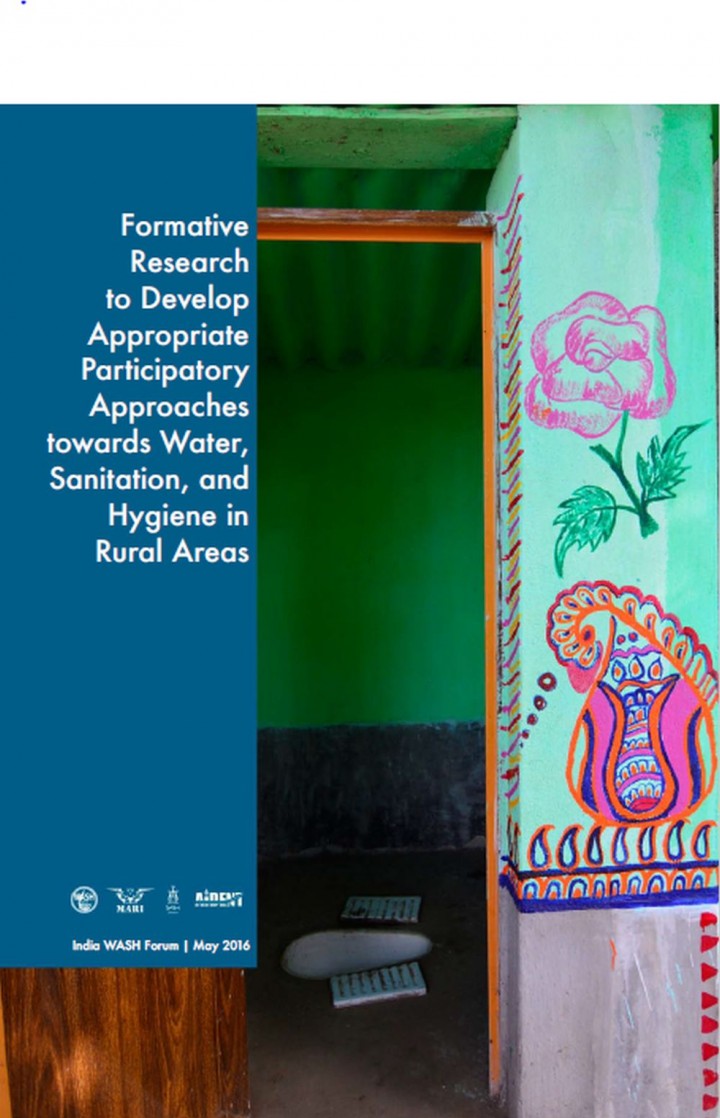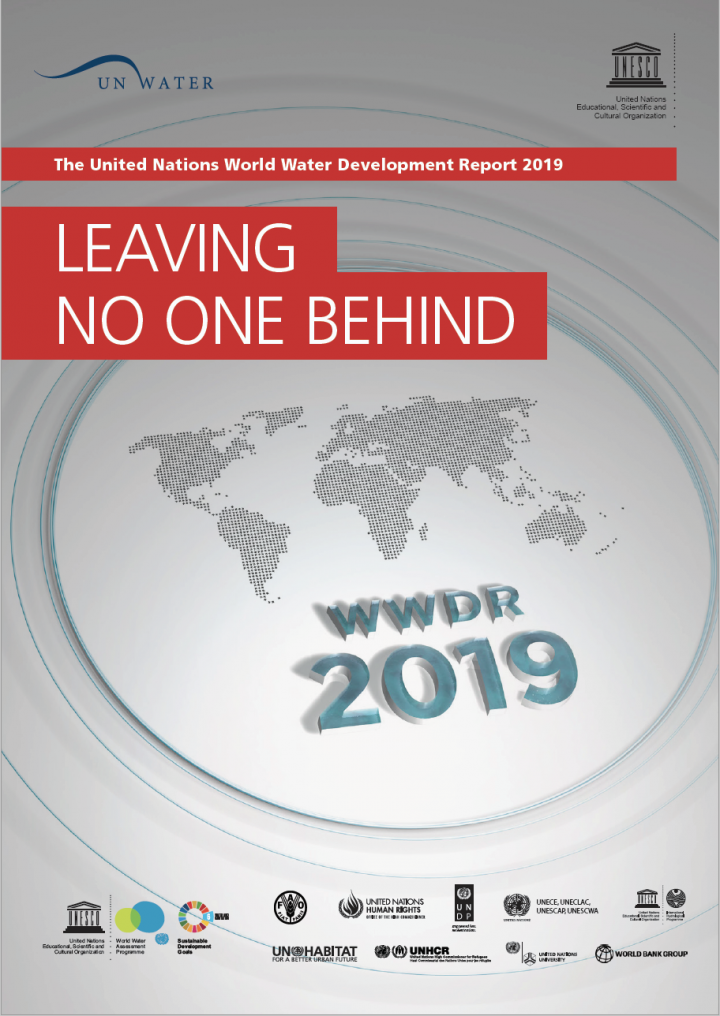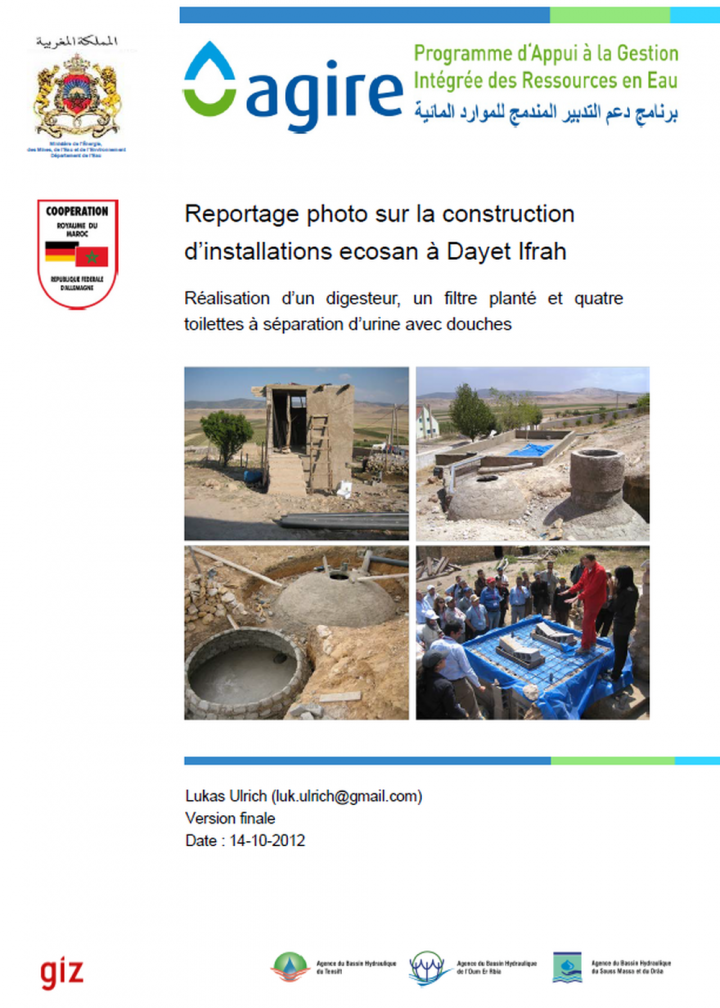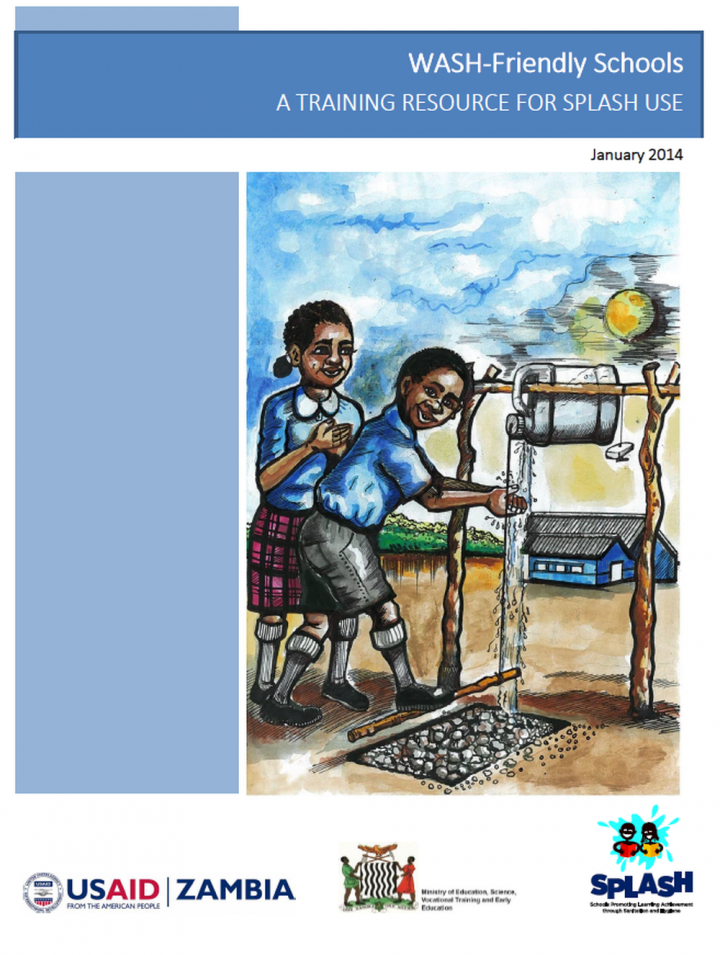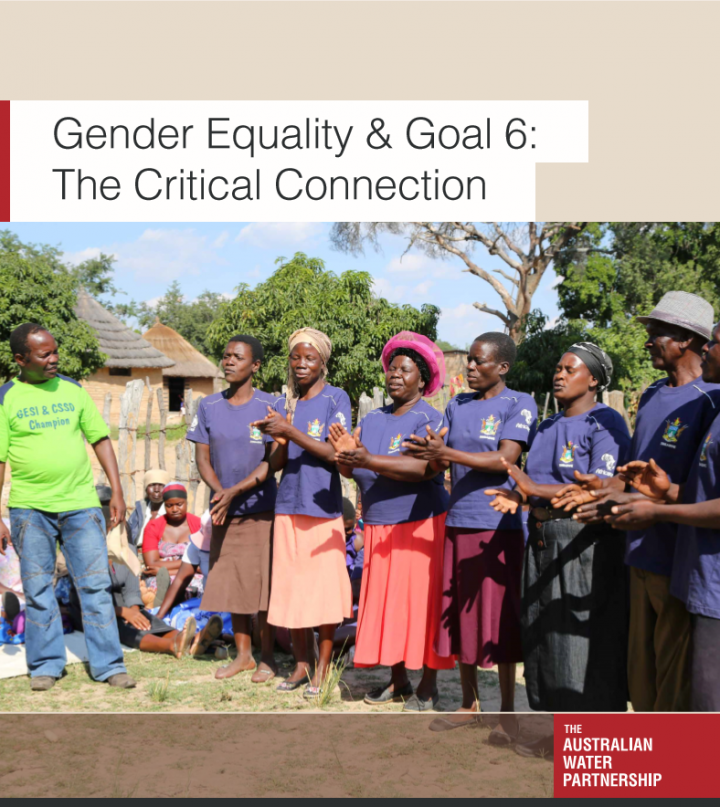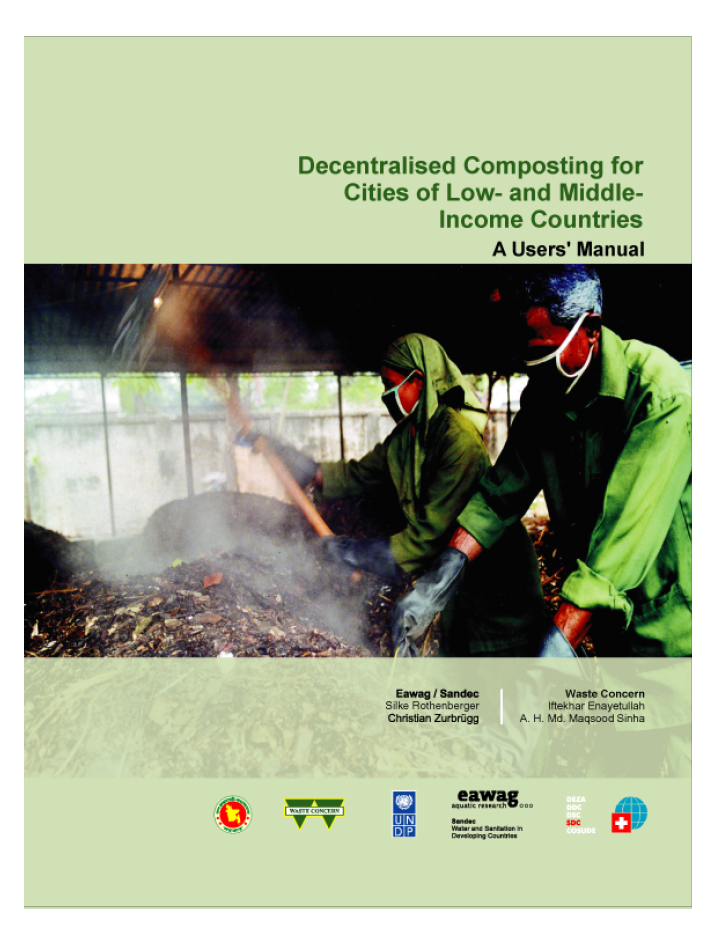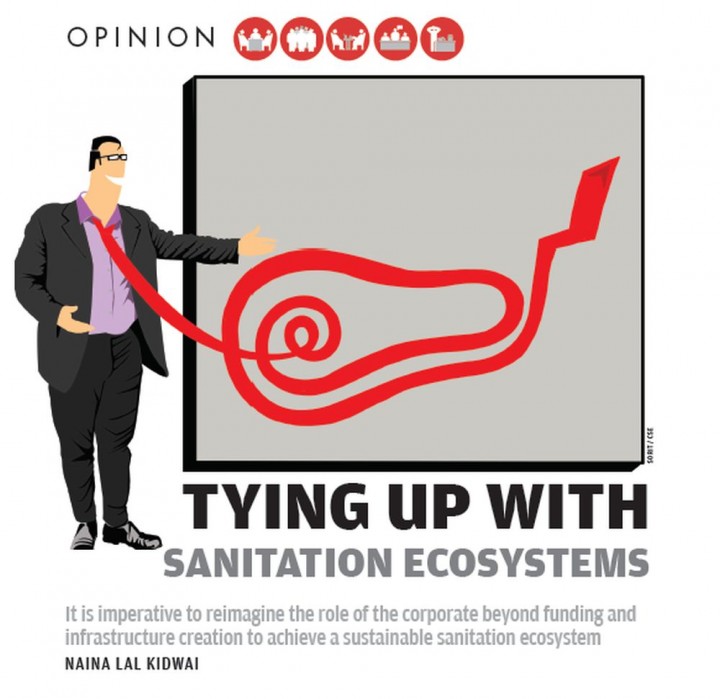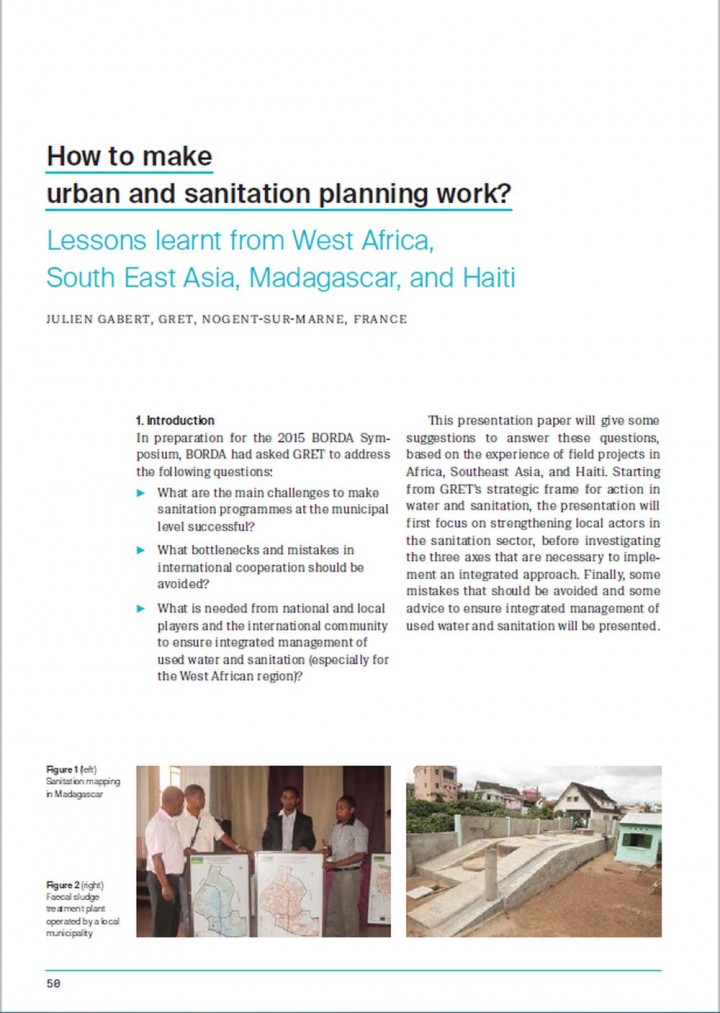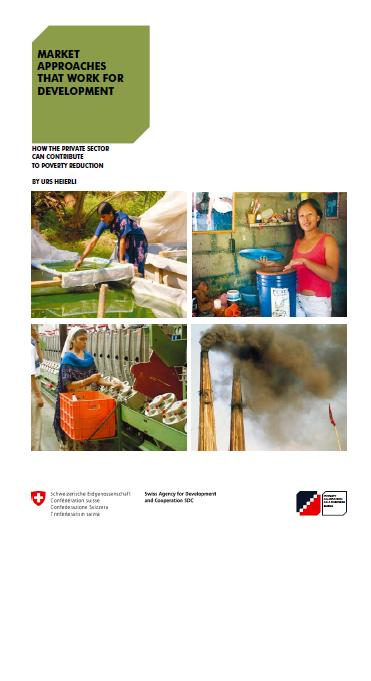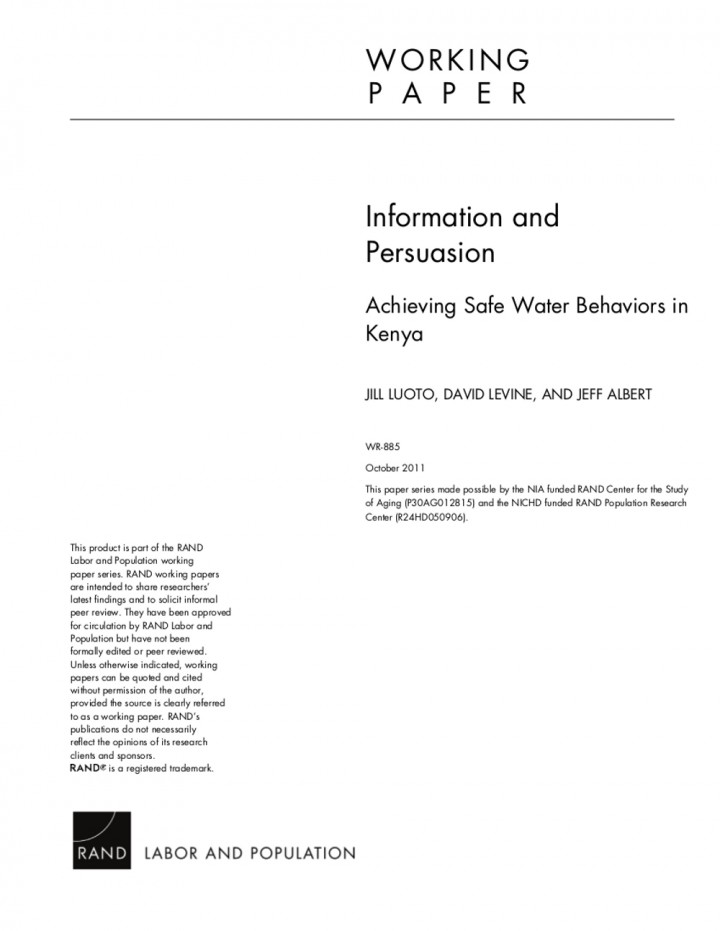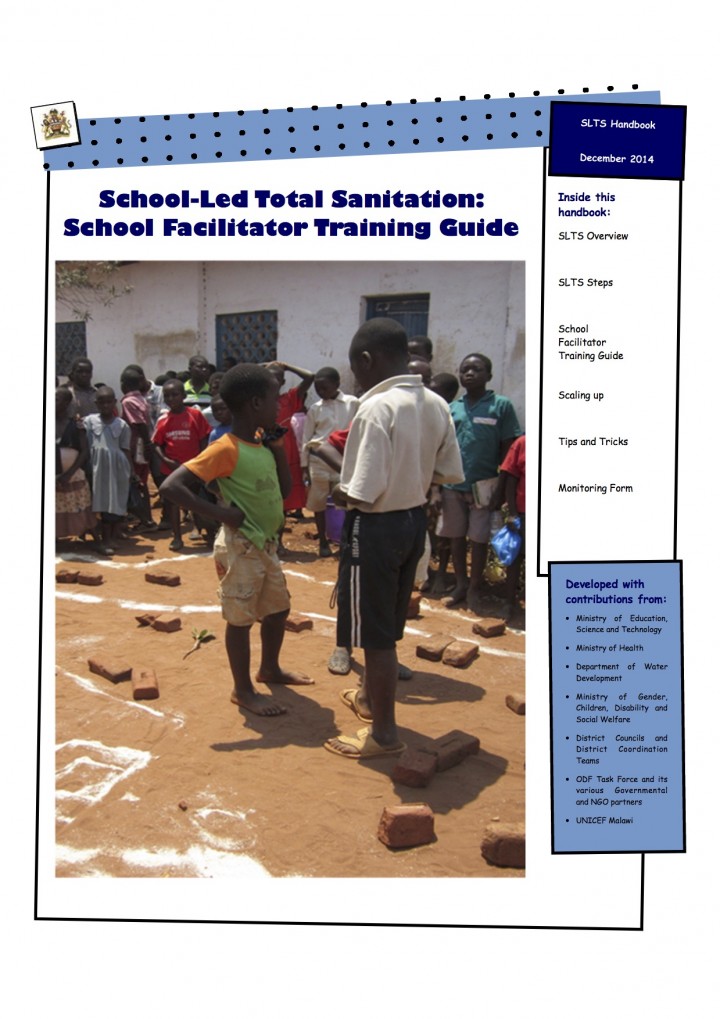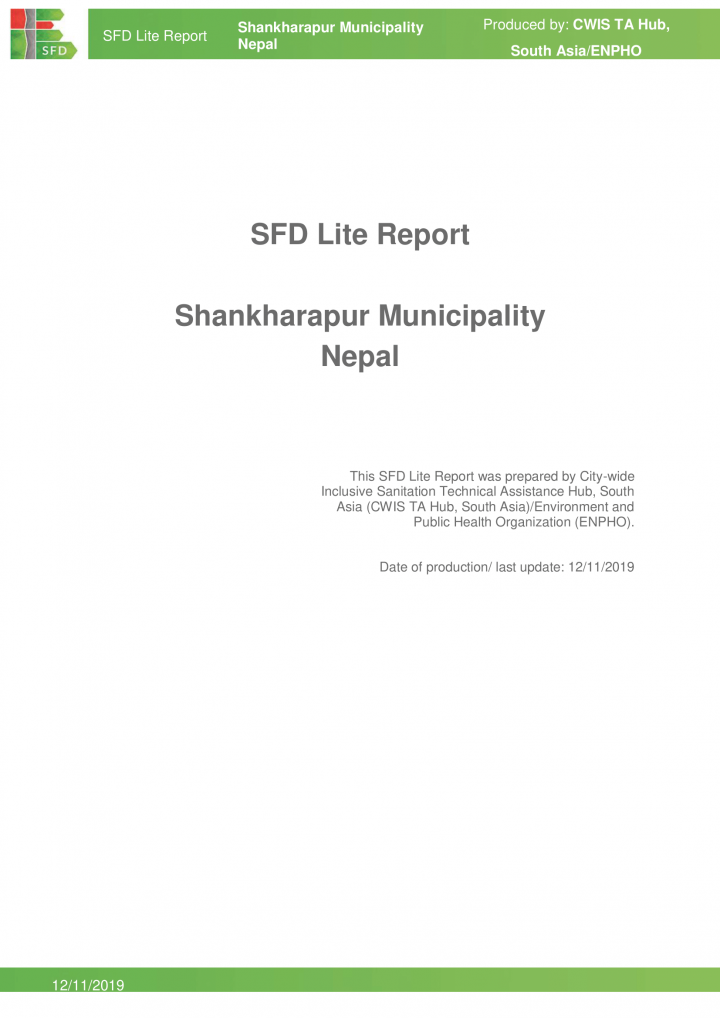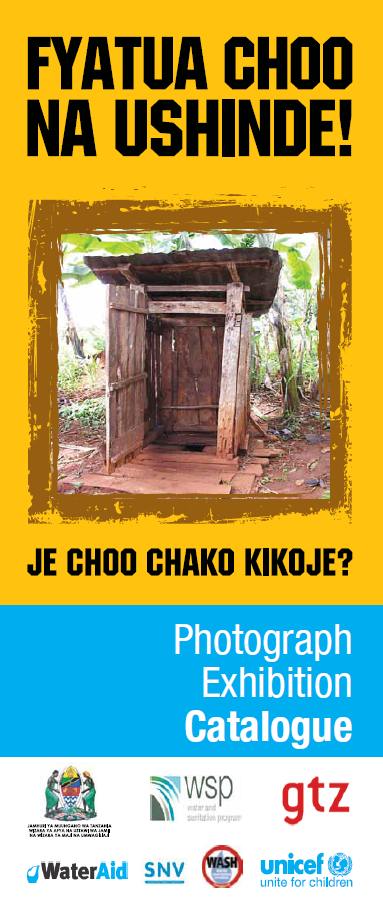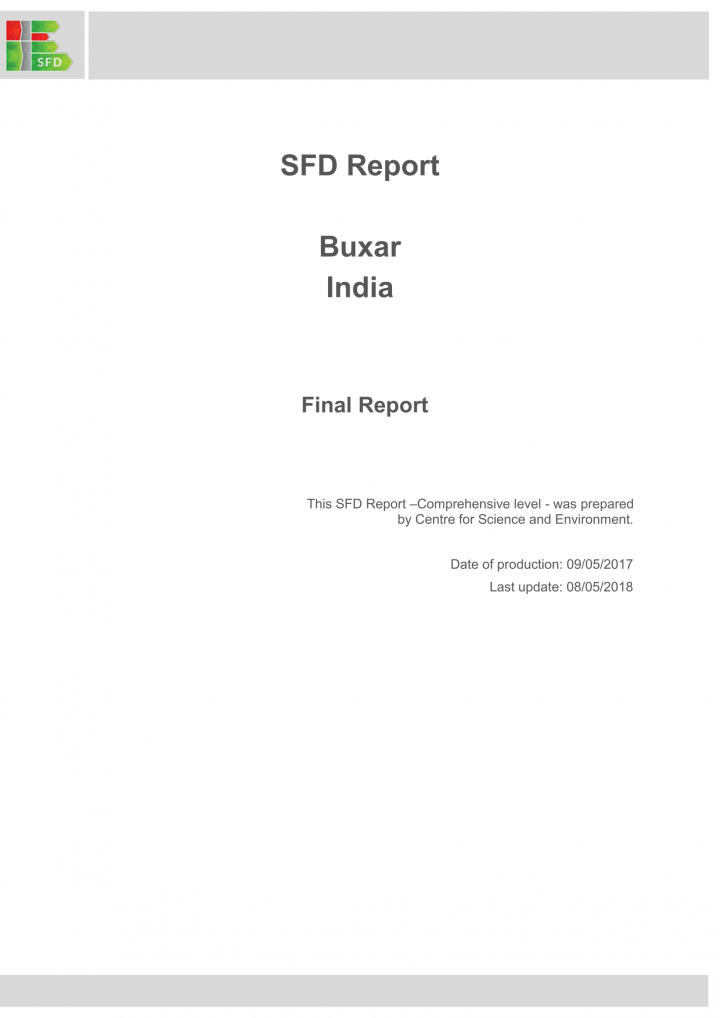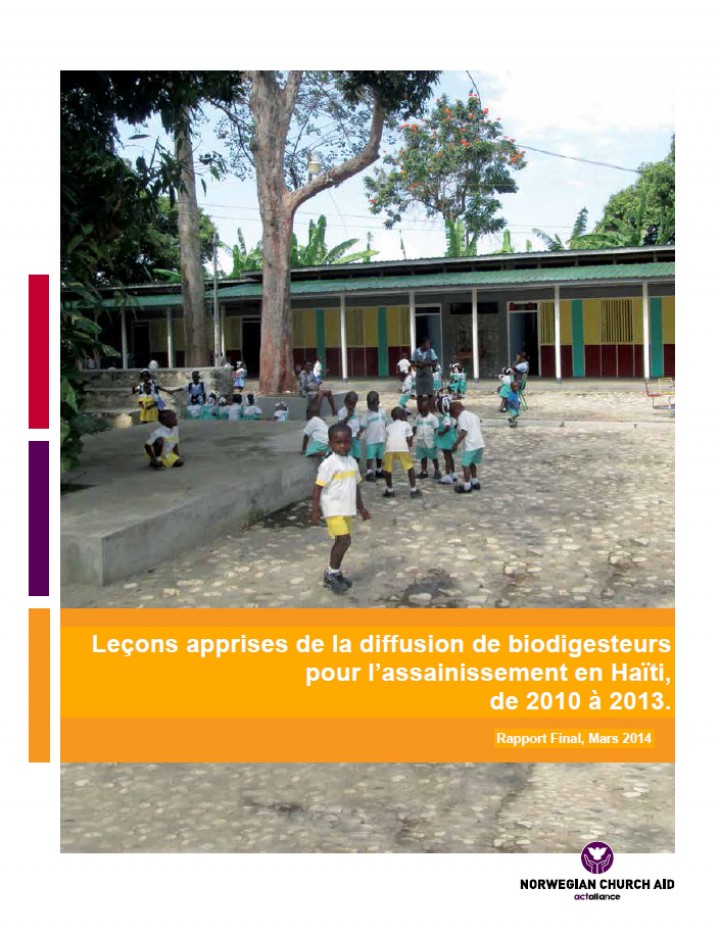Searching for information on Sanitation Workers?
The Sanitation Workers Knowledge + Learning Hub is the best source for all current news, trends, articles and updates on sanitation workers rights around the world.
Nanded is a historical city located in the Marathwada region of Maharashtra State in India (Annex 1 and Annex 2)1. Nanded Waghala is regarded as the second most holy city after Amritsar due to the presence of Gurdwara Takhat Shri Hazur Sahib, one of the five Takhats of the Sikh community2. Nanded is also the second-largest city in the Marathwada region of Maharashtra and the 81st popular city in …
Most sanitation promotion approaches are only partially successful in providing short term increases in sanitation coverage and usage. Behaviour change communication messages designed as marketing interventions often fail to address deeper underlying causes of resistance behind people’s reluctance to adopt improved and safe sani-tation and hygiene. This study was undertaken with the objective …
The UNESCO World Water Assessment Programme brings together the work of numerous UN-Water Members and Partners to produce the United Nations World Water Development Report series.The annual editions focus on strategic water issues. UN-Water Members and Partners as well as other experts contribute the latest knowledge on a specific theme.The 2019 Report seeks to inform policy and decision-makers, …
Water and sanitation are key to implementing Agenda 2030 and the Paris climate agreement. The new water strategy of the Fed-eral Ministry for Economic Cooperation and Development (BMZ) accounts for the importance of water in these global agreements. In the strategy, BMZ commits to contributing to creating a new dynamic in the sector necessary to reach SDG 6 and other water-related targets. …
The WASHplus project supports healthy households and communities by creating and delivering interventions that lead to improvements in access, practices, and health outcomes related to water supply, sanitation, and hygiene (WASH) and indoor air pollution (IAP). This five year project (2010-2015), funded through USAID’s Bureau for Global Health (AID-OAA-A-10-00040) and led by FHI 360 in …
Sustainable Development Goal 6 (Goal 6) to ‘ensure availability and sustainable management of water and sanitation for all’ requires explicit attention to gender equality and inclusion. Universal access to safely managed water, sanitation and hygiene (WASH) and appropriate management of water resources will only be achieved if the rights of women and marginalised people are fulfilled. The …
This manual has been prepared for use by local nongovernmental and community-based organisations (e.g. resident initiatives) and relevant persons in urban local governments. Private organisations or entrepreneurs interested in organic waste recycling may also benefit from this book. It may also help development agencies and other government sectors in planning waste management and composting …
In preparation for the 2015 BORDA Symposium, BORDA had asked GRET to address the following questions:
- What are the main challenges to make sanitation programmes at the municipal level successful?
- What bottlenecks and mistakes in international cooperation should be avoided?
- What is needed from national and local players and the international community to ensure integrated management …
Convincing people to adopt preventive health behaviors consistently is difficult, yet many lives could be saved if we understood better how to do so. For example, low-cost point-of-use (POU) technologies such as chlorine and filters can substantially reduce diarrheal disease (Clasen et al. 2006). Nonetheless, they are not widely or consistently used anywhere in the developing world, even when …
Despite massive efforts by governmental and NGO partners and other development agencies toward ODF Malawi by 2015, there are still a lot of works to be done. The ODF Malawi National Strategy addresses School-Led Total Sanitation (SLTS) as an effective approach to create ODF communities. It takes the dynamics of children into consideration as Agents of Change in triggering and monitoring good …
Shankharapur Municipality is located in Kathmandu District in Province No. 3 of Nepal. It consists of 13 wards with the total population of 27,202 people residing in 5,607 households. The main sources of drinking water in Shankharapur Municipality are public taps, household bores and wells. Majority of the population are dependent on the public water supply (75%) and remaining 25% of the …
Community-led total sanitation (CLTS) is a participatory approach to addressing open defecation that has demonstrated success in previous studies, yet there is no research on how implementation arrangements and context change effectiveness. We used a quasi-experimental study design to compare two interventions in Ethiopia: conventional CLTS in which health workers and local leaders provided …
Buxar city is situated on the banks of River Ganga in the state of Bihar, India. The population of the city is 102,861, while slum population is 10,161 (data from 2011).
It was observed that there is no sewerage network existing in the city and the equivalent population is dependent on Onsite Sanitation Systems (OSS). There is no treatment facility available for FS generated. Emptied FS from …


